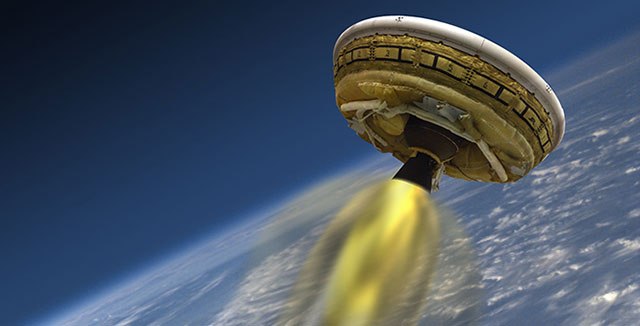
Artist's view of Pluto's moon Nix. Image credit: NASA/ESA/G Bacon (STScl)
PARIS (AFP): Some of Pluto's moons have a rugby ball-like shape and spin around erratically in orbit, according to an updated portrait of the distant dwarf planet system released on Thursday.
Measurements by the Hubble Space Telescope revealed that Hydra and Nix, the second- and third-biggest of Pluto's five known moons, are elongated and behave in a very different way than Earth's own satellite.
"They tumble. They flip over so that sometimes the north pole becomes the south pole. It's a very, very peculiar dance," study co-author Mark Showalter of the SETI research institute told AFP.
The moons do not change their position in orbit, but their orientation in space, he explained, "just tumbling, spinning in a random direction."
Pluto and its largest moon, Charon, together form what is called a "binary planet", the only one in our solar system, with four smaller moons orbiting the central duo.
The imbalanced and shifting gravitational field created by Pluto and Charon is what sends the smaller moons tumbling unpredictably, according to a University of Maryland statement.
And the effect was amplified by the satellites' elliptical shape.
"Like good children, our moon and most others keep one face focused attentively on their parent planet," said the university's Douglas Hamilton, the second author of the study published in the journal Nature.
"What we've learned is that Pluto's moons are more like ornery teenagers who refuse to follow the rules."
Yet despite their erratic rotations, the orbits of Hydra and Nix, along with that of Styx, follow a "clockwork pattern of regularity," said the statement.
The study also revealed that the other moon, Kerberos, is as dark as charcoal, while the rest are as bright as white sand.
"Because we believe that all of Pluto's moons formed at the same time, from the same impact, we would have expected that they would all look alike. We now know that isn't so," said Showalter.
Scientists do not know how the system came to be, but a leading theory is that a large object slammed into proto-Pluto, creating a debris cloud from which the planet's moons were formed.
Showalter and Hamilton's findings are based on analysis of all available Hubble images of the system.
 Previous Article
Previous Article Next Article
Next Article













The Indian Air Force, in its flight trials evaluation report submitted before the Defence Ministry l..
view articleAn insight into the Medium Multi-Role Combat Aircraft competition...
view articleSky enthusiasts can now spot the International Space Station (ISS) commanded by Indian-American astr..
view article